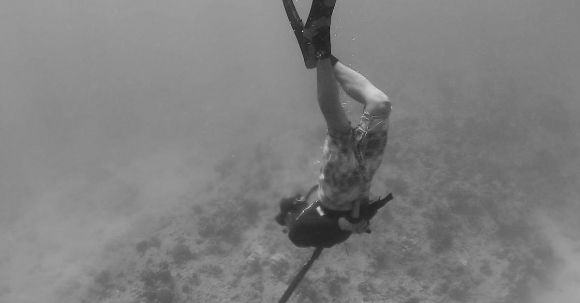Underwater cave diving is an exhilarating and unique experience that allows divers to explore hidden wonders beneath the surface. However, it is crucial to approach cave diving with caution and preparedness, as it can be a dangerous activity without the right knowledge and skills. In this article, we will provide valuable tips for safe cave diving, ensuring a memorable and secure adventure.
Understanding the Risks
Cave diving presents several risks that are not encountered in open-water diving. The confined spaces, low visibility, and potential for entanglement make it a challenging endeavor. Additionally, the absence of natural light can disorient even the most experienced divers. It is essential to be aware of these risks and adequately prepare for them.
Proper Training and Certification
Before attempting cave diving, it is imperative to undergo proper training and obtain the necessary certifications. Basic scuba diving certification is not sufficient for cave diving. Look for specialized cave diving courses that cover topics such as buoyancy control, line handling, and emergency procedures specific to cave environments. This training will equip you with the skills and knowledge required to navigate safely through underwater caves.
Equipment Checklist
Having the right equipment is crucial for safe cave diving. Here are some essentials to include in your checklist:
1. Primary and Backup Lights: Cave diving requires powerful primary lights to illuminate the surroundings. It is also essential to carry backup lights in case of equipment failure.
2. Guideline and Reels: A guideline is used to mark the way in and out of the cave. Ensure you have a reel to deploy the guideline and access it easily during the dive.
3. Dive Computer and Depth Gauge: These instruments help you monitor your depth, time, and decompression limits accurately.
4. Dive Knife: A dive knife is a versatile tool that can be used for cutting through entanglements or removing obstacles if necessary.
5. Communication Devices: Underwater communication devices, such as a slate or underwater signaling device, can help you communicate with your dive buddy in low visibility conditions.
Planning and Preparation
Thorough planning is essential before cave diving. Start by researching the cave system you intend to explore. Gather information on entry and exit points, water conditions, potential hazards, and emergency procedures. Create a dive plan and share it with a trusted dive buddy or a dive center. Ensure you have a backup plan in case of unexpected circumstances.
Buddy System and Communication
Cave diving should never be done alone. Always dive with a trusted and experienced buddy who is familiar with cave diving protocols. Establish clear communication signals before entering the cave, and regularly check on each other throughout the dive. Maintain physical contact to avoid separation in low visibility conditions.
Maintaining a Conservative Approach
Cave diving requires a conservative approach to ensure safety. Set personal limits for gas consumption, time spent underwater, and penetration distance. Stick to these limits, even if you feel confident or excited during the dive. Remember, it is better to end a dive early than to push your limits and risk encountering problems.
Conclusion: Exploring Underwater Caves
Exploring underwater caves can be an awe-inspiring adventure, but it must be approached with caution and respect for the inherent risks. By undergoing proper training, being equipped with the right gear, and following safety protocols, you can enjoy the wonders of underwater caves while keeping yourself and your dive buddy safe. Remember, proper planning, communication, and a conservative approach are key to a successful and enjoyable cave diving experience.





